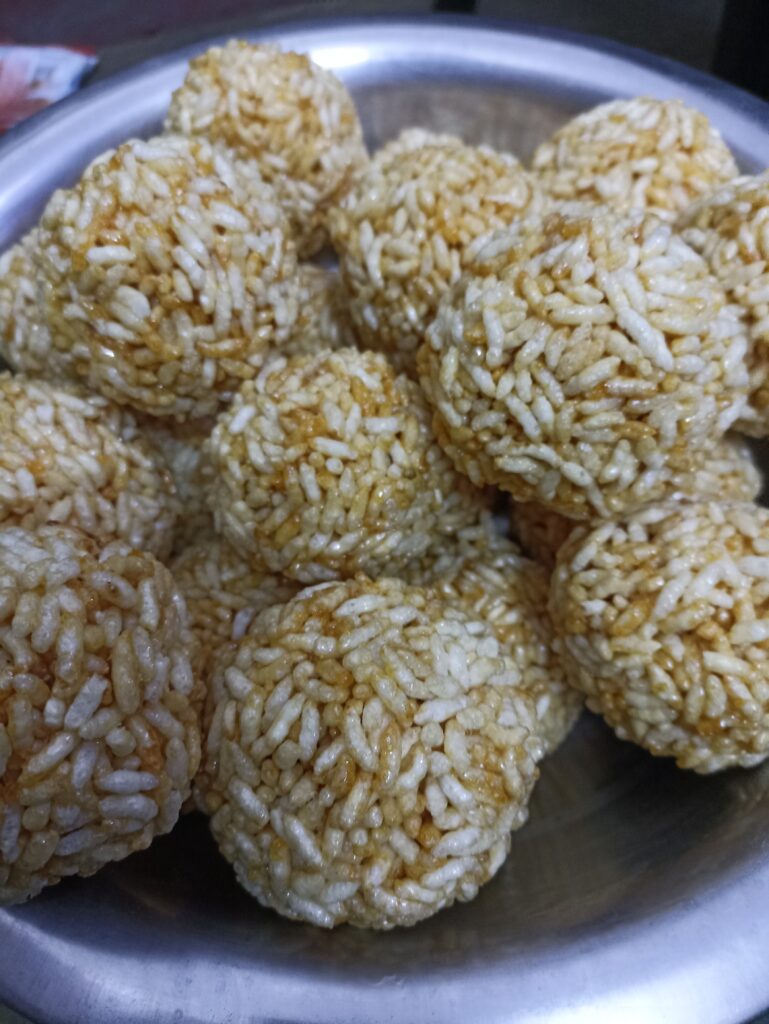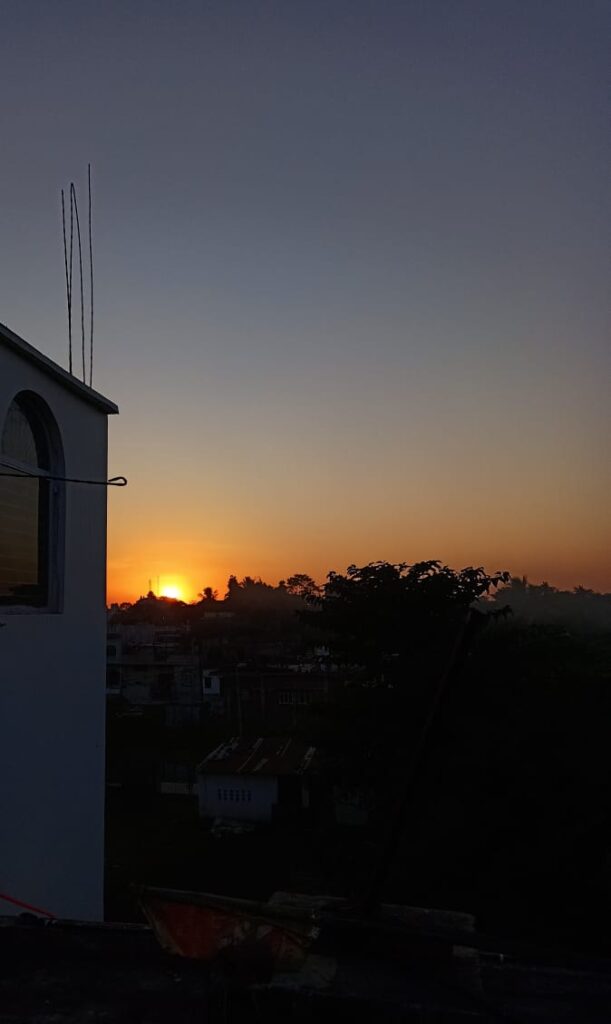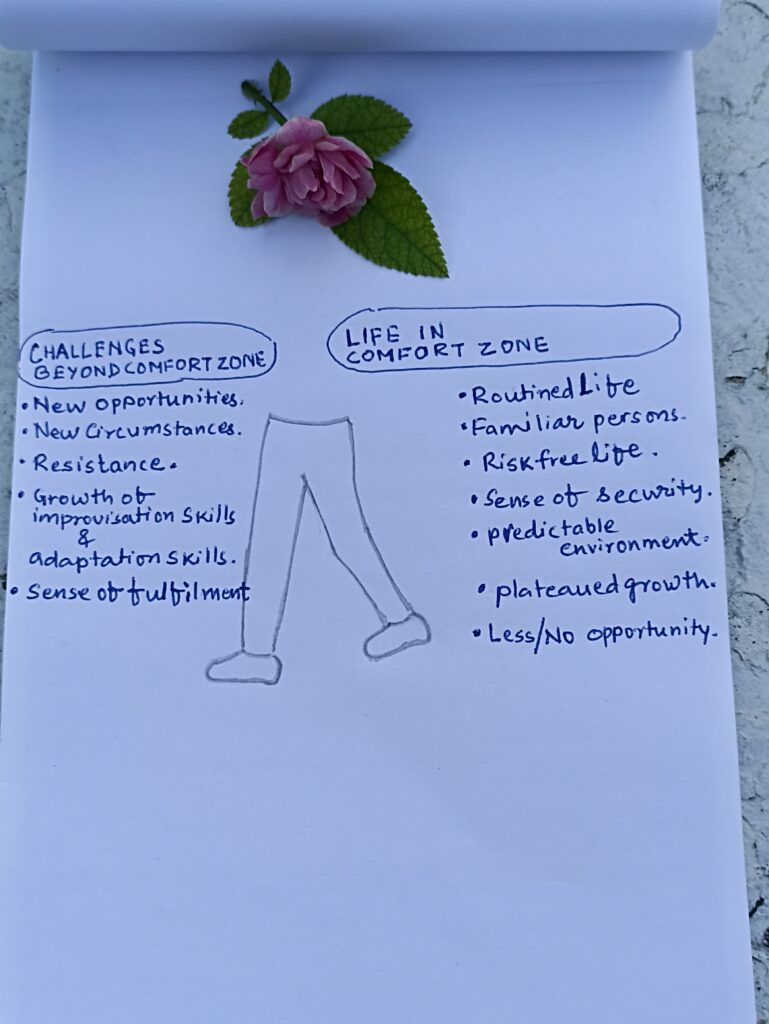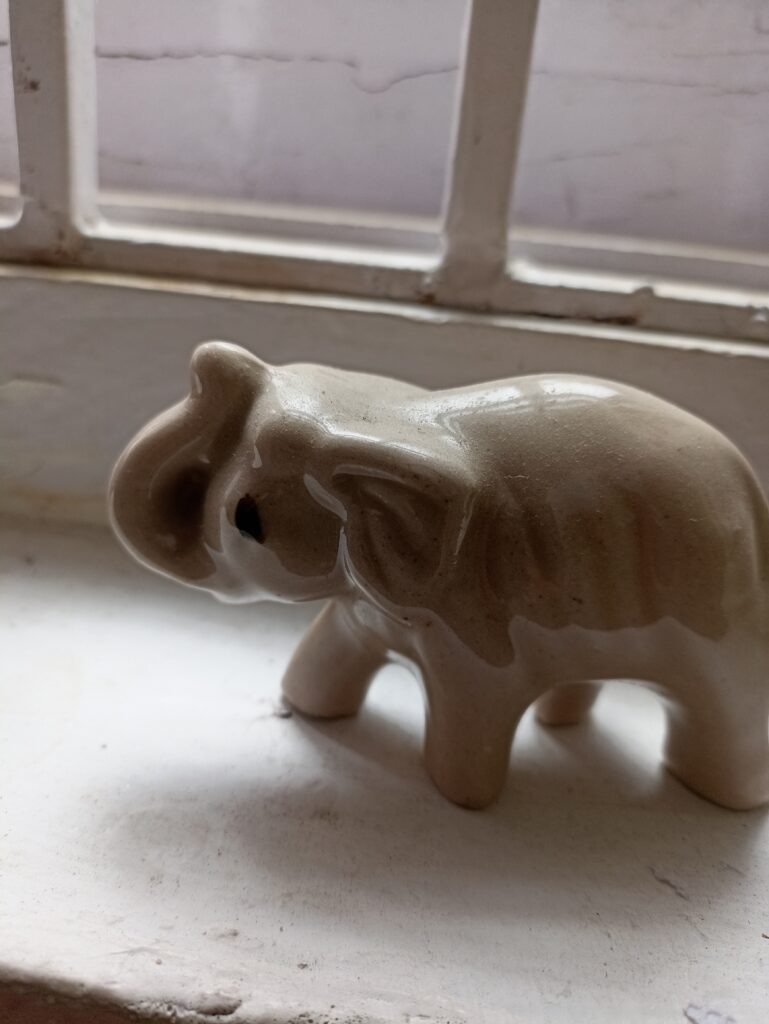
The festival called “Makar Sankranti”, is actually a celebration of an important celestial event. It also heralds the arrival of new season in Northern Hemisphere.
People, belonging to Sanatan Hindu culture ( residing mainly in Indian Subcontinent and South East Asia) celebrate this celestial phenomena as festival.
Extent
India, is called land of festivals. Festivals connect different lingual and regional communities of a geographical area, like the wefts connect and tie the warp yarns in a fabric. Festivals act as important cohesive force for any nation, to strengthen the feeling of “we”, the feeling of solidarity among its citizens.
Known by different names – Magh Bihu (Assam), Lohri (Punjab), Maagh Saaji ( Himachal P.), Sakraat (Haryana), Pongal( Tamilnadu), Uttarayan(Gujarat and U.P.), Khichari(Bihar and U.P.), Maghe Sankranti (Nepal), Songkarn(Thailand), Mohan Songkarn(Combodia), – it is observed almost through out the Indian Subcontinent and S.E. Asia.
Time
Makar Sankranti marks the first day of Sun’s transit from saggitarius to Capricorn. Due to addition of one day in leap year, it is observed on 15 January, and on 14 January in all other years.
Makar Sankranti Underlines The Progress Made In Astronomy And Mathematics By Ancient Indian Scholars.
This festival appeals me a lot, because I often get surprised when I think how since the time immemorial the ancestors of Indian people knew with precision about the apparent shift in Sun’s position with respect to Earth, and various other complexities of celestial phenomena.
These people had no modern equipment, no supercomputers, no artificial satellites and no telecommunication system. Neither they had any transoceanic and intercontinental connectivity to get to experience the seasonal variation between Northern and Southern Hemisphere of our Globe.
Therefore, I, at this day feel proud and astonished about ancestors of Indian people’s supreme observation capability and their superhuman deductive capabilities. Were they really Super Human beings? What do you say?
The work done by ancient Indian scholars such as Varah Mihir, Brahmagupta, Aryabhatta, Bhaskaracharya and others substantially helped the development of astronomy, mathematical geography, and cartography. Classical Indian astronomers were conscious of Latitudes (Akshansa) and Longitudes ( Deshantara) in determination of a point or place on earth surface.

Recognition Of Vitality Of Nature.
Ancient scholars of India knew that vitality of nature is essential for the existence of life on this planet. To conserve the trees, shrubs, forests and rivers they gave them a sacred status. This is the essence of Sanatan Hindu Culture where conservation of nature is deeply embedded at religious level. Festival of Makar Sankranti is the symbol of this thought process.
On the Makar Sankranti day people take dip in holy rivers and offer sacred water of these rivers to Sun as thanks giving ceremony. Because the apparent movement of Sun with respect to inclined Earth, causes advent of spring season in northern hemisphere. This triggers increased photosynthesis, growth of new leaves on trees, and start of new cropping season. Increased agricultural activity gives employment and production of food grains.
Fun And Food.
On the other hand, this festival is also associated with variety of food and fun.
People decorate their gates and floors with Rangolis. Children and youth are crazy for flying the kites.
Laddoos made of Sesame and jaggery are eaten on this day. jaggery and sesame have good warm effect on body during winter. Dahi Chuda ( curd and flattened rice) is also eaten with jaggery, during day time with ‘cokha’ ( mashed roasted brinjals, mixed with chopped ginger, garlic, green chillies and onions) on side.
In dinner, people eat ‘khichri’ along with Chokha , pickles and Papad. Khichri is made by cooking rice with plenty of moong lentils. It has soupy consistency. Moong lentil , again is a superfood that naturally detoxifies our whole system. Khichari is a kind of comfort food , loved by a large population of South Asia. It is easy to cook and is a wholesome food, full of nutritional value. It is also first food for new born babies.
Makar Sankranti also brings an opportunity to the youths of new generation to get to know what are their traditional cuisine and dishes, which their ancestors cooked and consumed.
Conclusion
Really, this festival of Makar Sankranti is like recreating the past and rediscovering the proud moments for Indians and the world !














